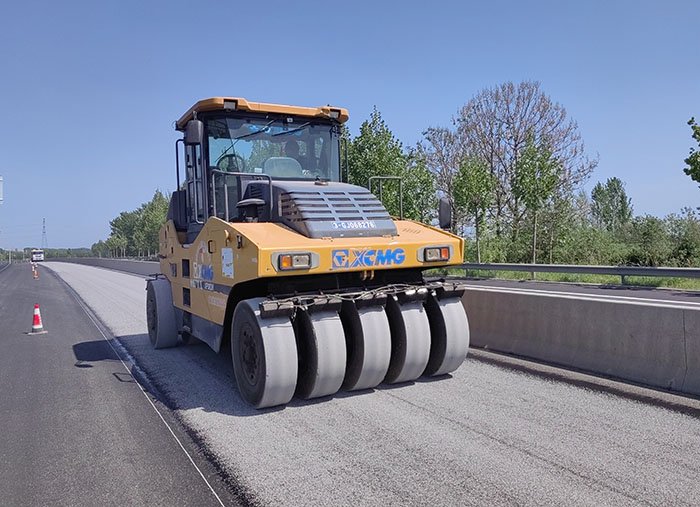Highway sealing layer refers to a thin layer of material added to the existing road surface, used to repair road defects, improve performance, and extend service life. The materials used for highway sealing mainly include the following categories:
1. Asphalt material
Hot mix asphalt mixture: a commonly used material with good adhesion and durability.
Emulsified asphalt: used for cold mix or surface treatment, easy to construct and environmentally friendly.
Modified asphalt: By adding modifiers such as polymers, its performance is improved and it is suitable for heavy traffic sections.
2. Aggregate
Crushed stone: commonly used coarse aggregate, providing strength and stability.
Sand: Fine aggregate, filling voids, enhancing compactness.
Mineral fillers, such as limestone powder, improve the performance of asphalt mixtures.
3. Additives
Anti stripping agent: enhances the bond between asphalt and aggregate to prevent stripping.
Anti aging agent: delay asphalt aging and extend service life.
Fiber: such as polyester fiber, enhances the strength and crack resistance of the mixture.
4. Seal type
Micro surface: composed of emulsified asphalt, aggregate, and additives, used for surface repair and waterproofing.
Slurry sealing layer: similar to micro surfacing, but with different material ratios, suitable for repairing mild diseases.
Gravel sealing layer: First sprinkle asphalt, then cover with gravel to improve skid resistance and waterproofing.
Thin layer overlay: using hot mix asphalt mixture, laying a thin layer to improve the smoothness and skid resistance of the road surface.
5. Other materials
Geotextile: used for crack repair and waterproof layer.
Waterproof membrane: used for special road sections such as bridge decks and tunnels, providing additional waterproof protection.
In summary, the materials used for highway sealing include asphalt materials, aggregates, additives, and different types of sealing materials, depending on the road conditions and construction requirements.


